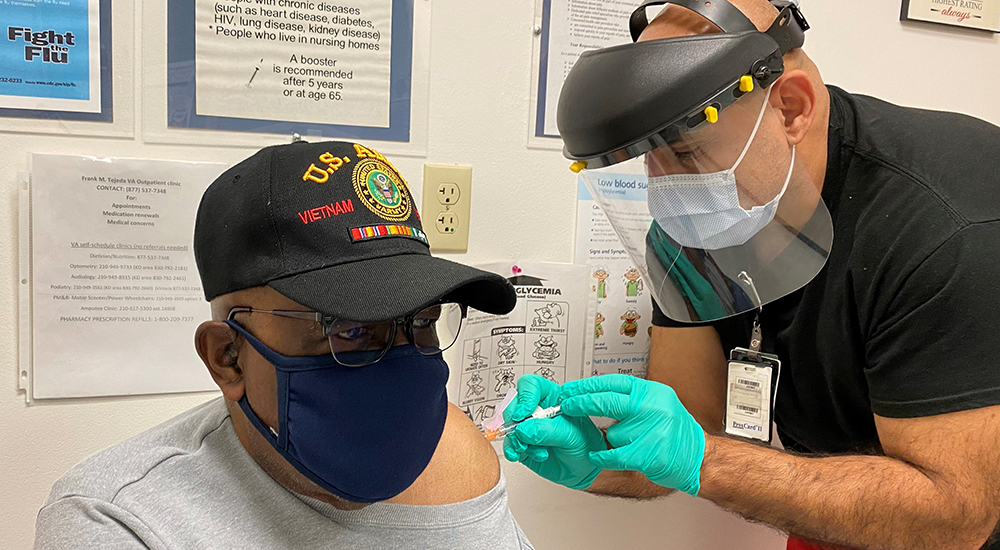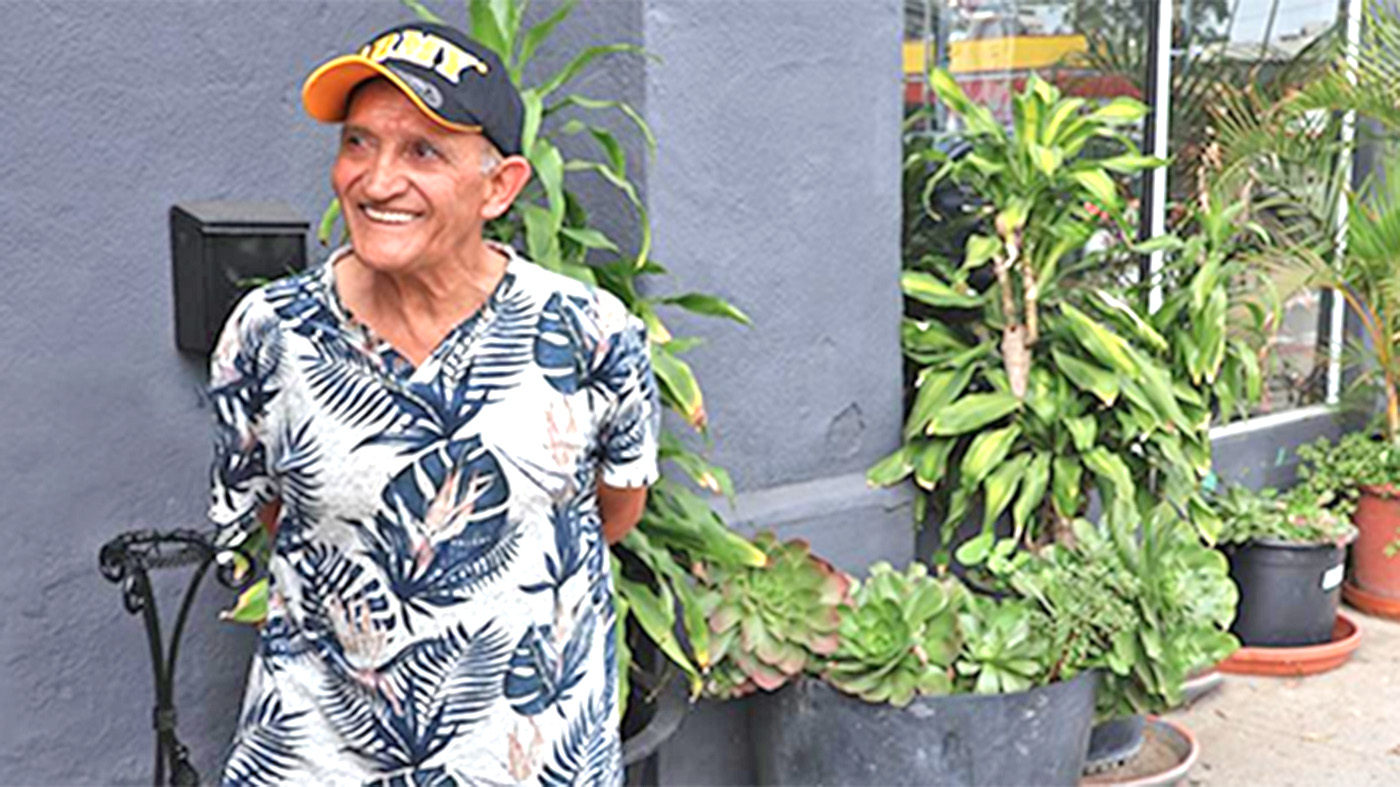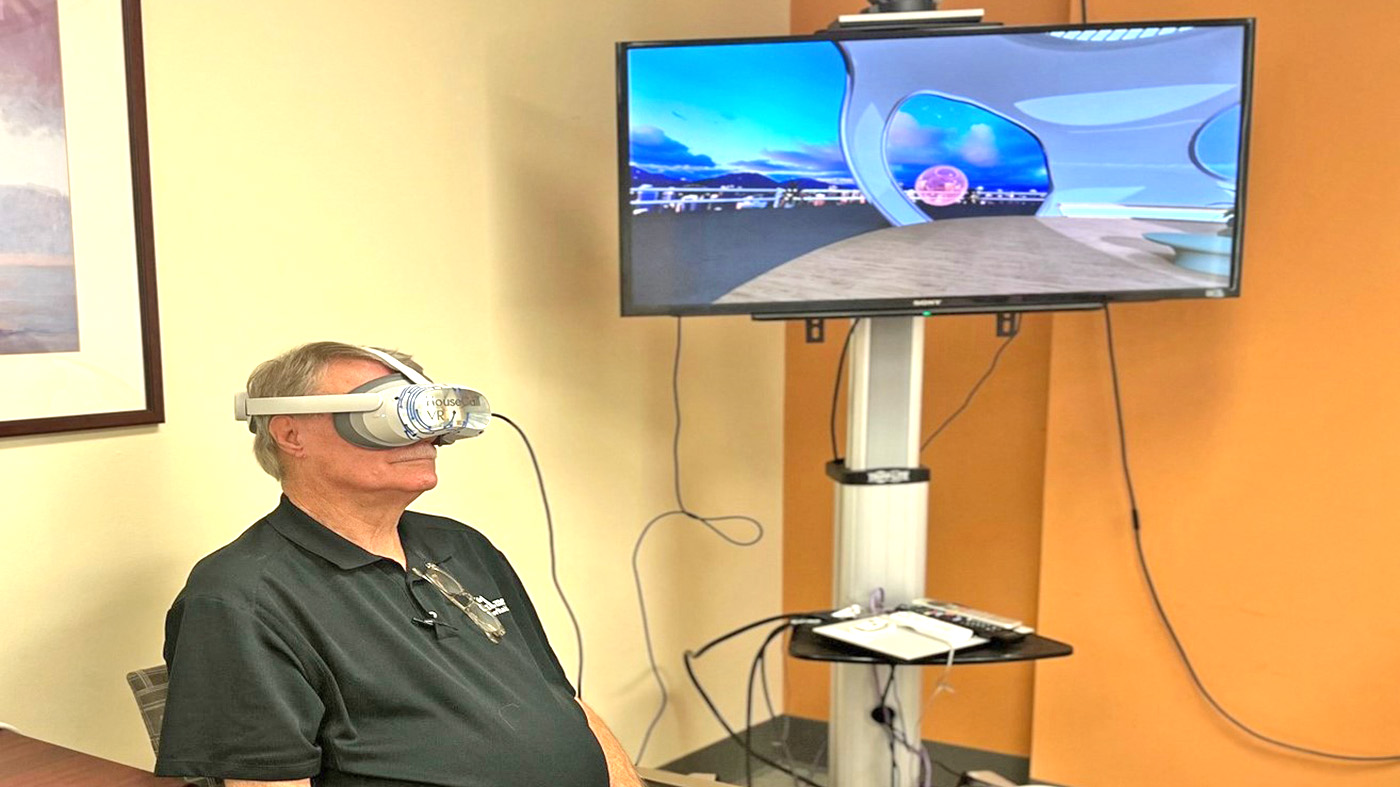When VA released COVID-19 vaccine equity data to the public via its Access to Care site in late May 2021, it did so in support of the agency’s commitment to transparency around public health information.
The data is searchable by race, ethnicity, age, and sex. It has also proven to be a powerful means to combat myths around COVID-19 vaccinations.
“We noticed early in the coronavirus pandemic that race and ethnicity were an issue in the community at large,” said Dr. Makato Jones. “It also became clear that minority populations were strongly represented in essential worker groups and so were more at risk to contract the disease.”
Jones is director of Biosurveillance, Antimicrobial Stewardship and Infection Control at VHA’s Office of Analytics and Performance Integration.
Making sure minority groups have opportunity for vaccine
“The disproportionate risk was concerning and we wanted to make sure these groups had every opportunity to receive the vaccine as a countermeasure for that,” Jones said. “We felt that including information on race, ethnicity, gender and age was very important to share with the public. VA’s data clearly demonstrates that millions of Veterans across age, sex and ethnicities have received the COVID-19 vaccine.”
By releasing demographic information, “We can also address concerns in communities where there might be hesitancy and show that COVID-19 vaccines have been offered to everyone,” he added. “In rural areas, there have been concerns about access.”
Unlike some areas of the U.S., within VA there was little variation in vaccination rates across racial and ethnic groups.
Dr. Ernest Moy, executive director of VHA’s Office of Health Equity, maintains that a Veterans’ relationship with VA plays a big role.
“VA providers already have trusted relationships with patients,” Moy said. “That gives us an edge with people who might have concerns about the vaccine. Also, from the beginning of the pandemic, VA has done a good job preparing for the day the vaccine would be available. We saw that minority populations were being hit harder than white populations. And historic analyses of past pandemics told us that minorities were less likely to come forward to be vaccinated. We knew that we had to perform special outreach to prevent that from occurring again.”
Real information, questions answered honestly
VA addressed vaccine hesitancy among minority Veterans in a variety of ways.
“We conducted focus groups of minority Veterans,” Moy added. “We learned that it would be important to share as much information as we had. So, we talked to people, and we gave them real information. We answered their questions honestly.”
The Office of Health Equity also collaborated with VA’s COVID Communications team to produce informational products like a series of videos debunking myths around the COVID-19 vaccine, fact sheets and FAQs. Additionally, OHE met with minority Veteran coordinators at VA Medical Centers.
“Our response highlights a lot of VA’s strengths,” Moy added. “We are able to do what we do because of the transparent relationship VA has developed with Veterans. They trust us when it comes to the vaccine.”
Topics in this story
More Stories
Jimmy Villanueva is quick to flash a smile after his VA dental clinic helped him improve his oral health.
Secretary Collins touts accomplishments in Trump’s first 30 days, including eliminating DEI, revising the flag policy, and reallocating over $100 million.
Gulf Coast VA hosted an innovator who is developing a virtual reality software designed to provide interactive diabetic patient education.






Give information about Boosters shorts For 100% disabled veterans ?